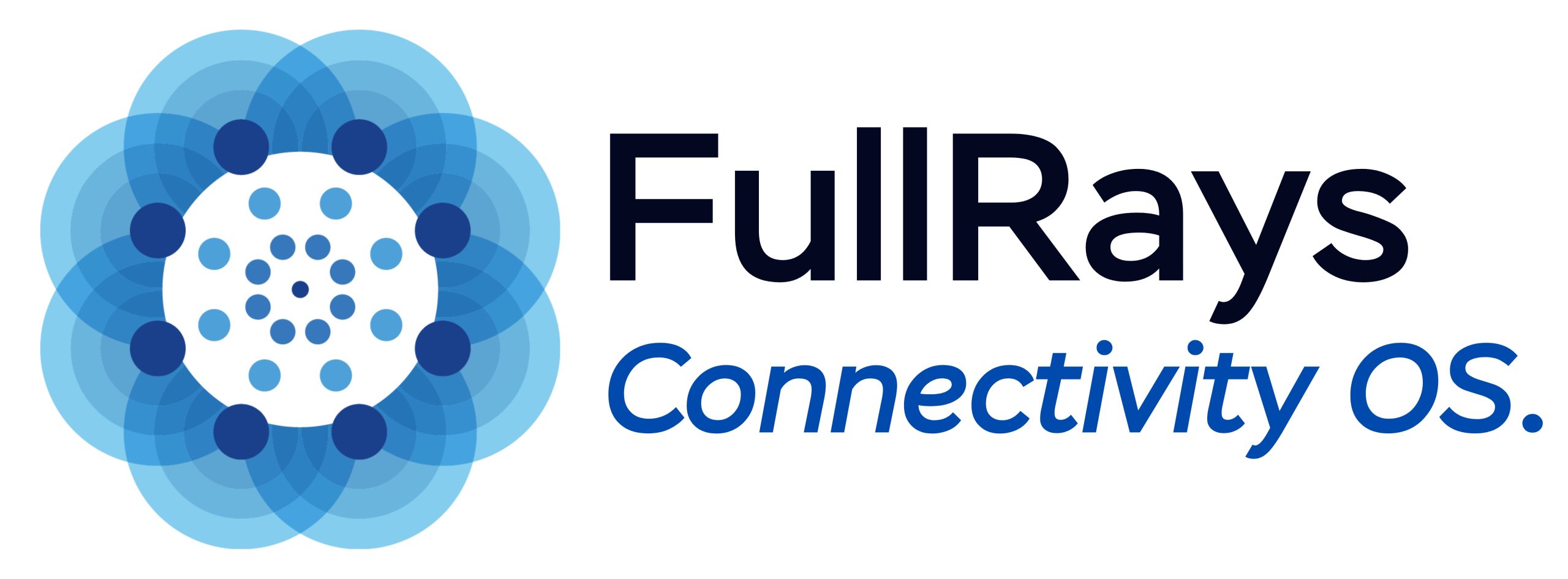Wireles RF Digital-Twins
Understanding Wireless Digital Twins
How Wireless Digital Twins Work
The foundation of a Wireless Digital Twin lies in the advanced modeling of the physical environment and DAS systems in the 3D RF Engine. Unlike any other RF prediction tool, FullRays 3D RF Digital Twin accounts to all details of an active or passive DAS system in 3 domains Namely Power, Time and Frequency in addition to the 3 known physical dimensions.
The detailed model seamlessly integrates inputs from system configurations, DAS monitoring tools, and feedback from dedicated RF sensors to analyze and provide a live visualization of wireless coverage. This comprehensive data is then used by the system, employing sophisticated calculations to continually analyze System availability and performance.
Wireless Digital twins heatmaps are interactive, allowing users to zoom in, analyze specific areas, and make informed decisions regarding maintenance and troubleshooting.
Benefits of Wireless Digital Twins
Real-Time Updates: With Wireless Digital Twins, you can access live updates of your wireless network's performance. The system ensures that you have the most up-to-date information, allowing you to monitor changes, identify issues, and take proactive measures.
Visualization and Analysis: Wireless heatmaps provide an intuitive visual representation of your wireless network. You can easily identify areas with weak coverage, high network congestion, or potential interference, allowing you to plan network expansions or optimizations effectively.
RF Propagation Models optimization for future planning: By integrating the inputs from the DAS systems and RF measurements. Wireless Digital Twins can refine the RF coverage estimate to account for Actual transmitted RF power. This capability enables you to perform accurate RF model tuning campaigns by using the actual RF transmitted power values in the calculations.
Efficient Troubleshooting: When network issues arise, Wireless Digital Twins provide the first indication and valuable insights for troubleshooting. You can pinpoint the exact location and the severity of the problem, allowing you to make informative decision and maintenance plan.
Harness the Power of Wireless Digital Twins
FullRays Wireless Digital Twins offer a cutting-edge solution for achieving and maintaining optimal wireless system availablity. With real-time updates, enhanced RF coverage predictions, and comprehensive visualization capabilities, these systems empower you to maximize the performance of your wireless network.
To leverage the benefits of Wireless Digital Twins and unlock the full potential of your wireless infrastructure, reach out to FullRays team to learn more and get a personalized quote.

